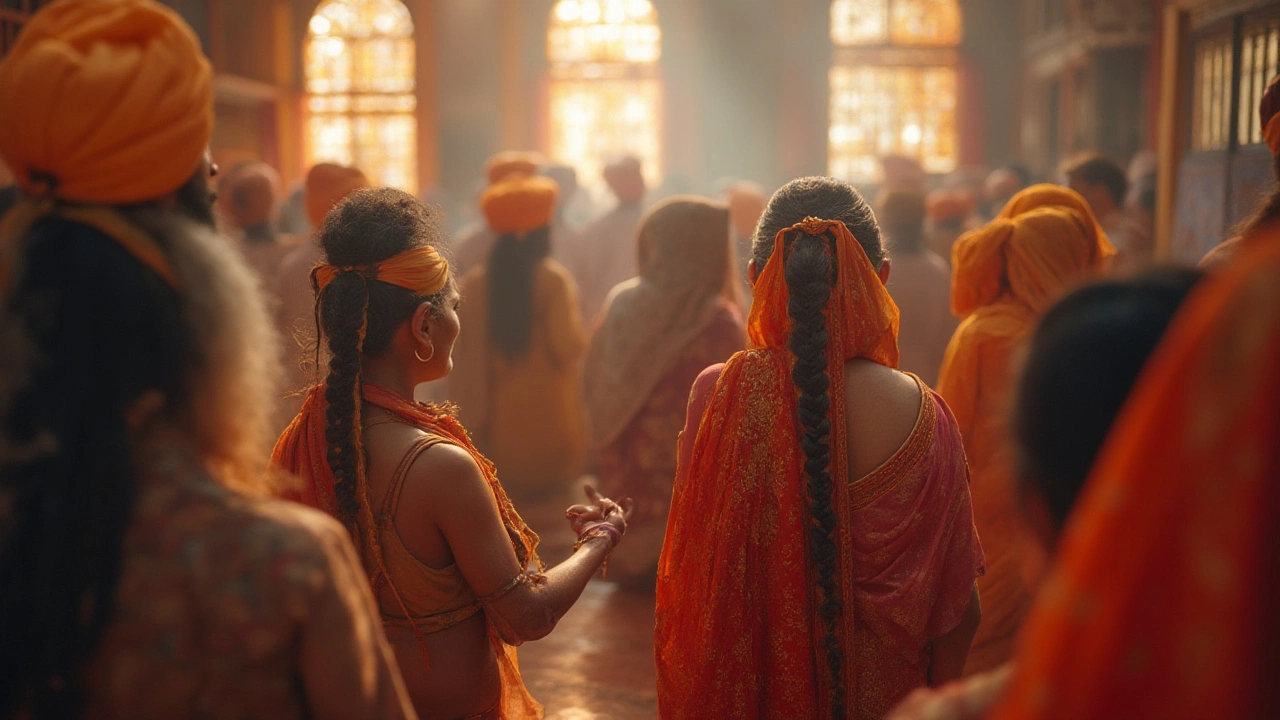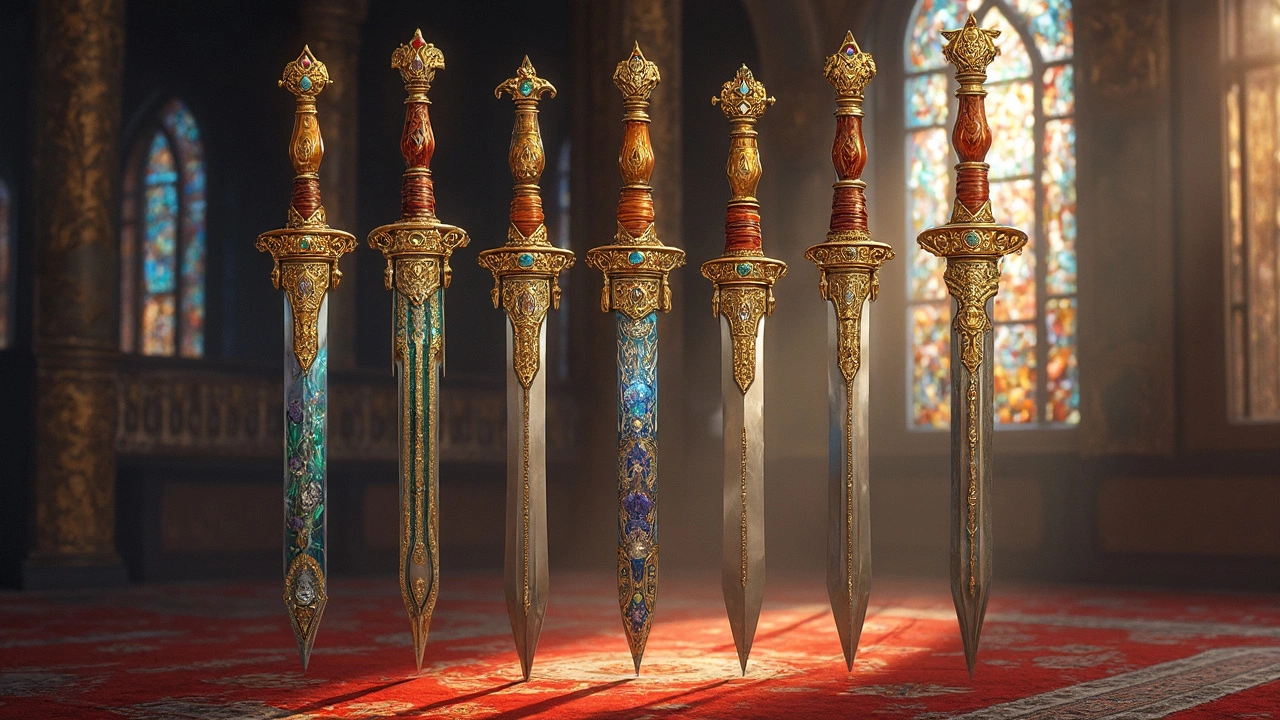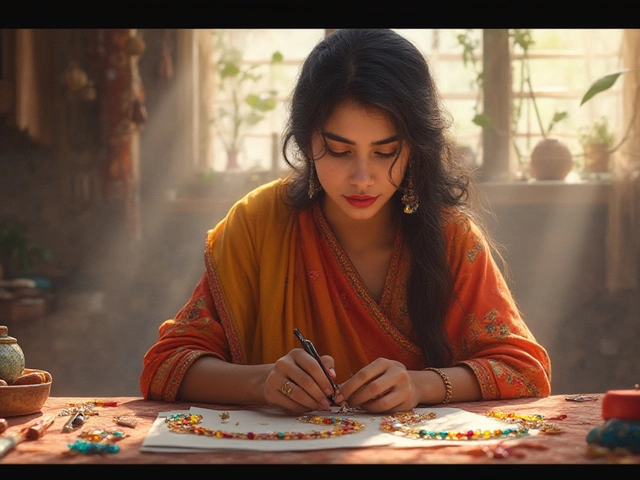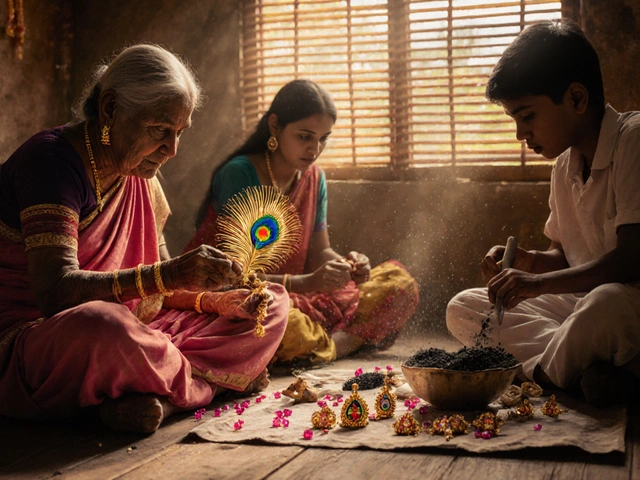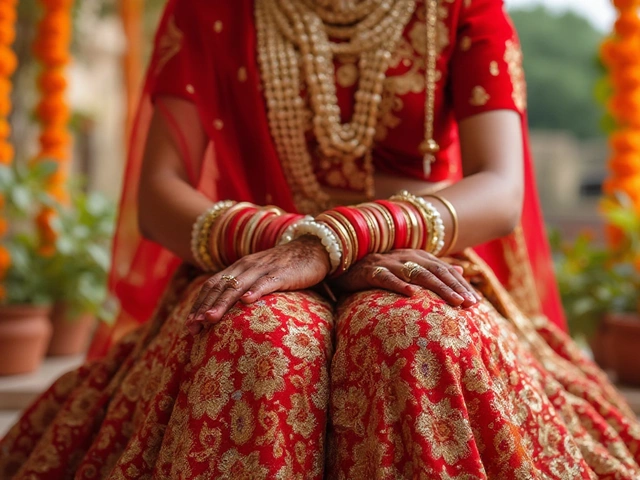Sikh Culture: Traditions, Jewellery & Everyday Life
If you’ve ever wondered what makes Sikh culture unique, you’re in the right spot. From the bright turban to the sturdy kada, every element has a story that ties back to faith, history, and community. Below we break down the most practical aspects you’ll see day‑to‑day, so you can appreciate the depth behind the style.
Core Beliefs and Daily Practices
Sikhs follow a set of core beliefs that shape daily life: belief in one God, equality, honest work, and service (seva). The most visible sign of these values is the five Ks—Kesh (uncut hair), Kirpan (small sword), Kara (steel bracelet), Kanga (comb), and Kachera (short under‑garments). Each item isn’t just an accessory; it’s a reminder of the teachings of Guru Nanak and the later Gurus.
Every morning, many Sikhs recite the Japji Sahib and wash their hair without cutting it. The uncut hair is kept tidy with a wooden comb (kanga) and covered by a turban (dastaar). The turban is more than a head covering; it signals confidence, respect, and the wearer’s commitment to uphold Sikh values.
Traditional Sikh Jewellery
Jewellery in Sikh culture is solid, not decorative for the sake of sparkle. The most common piece is the kara, a plain steel or iron bangle worn on both wrists. It symbolizes an unbreakable bond with God and serves as a practical reminder to act with honesty.
Other popular items include the kadi, a thicker steel bracelet that can be engraved with religious verses, and the sahib’s chain, a simple gold or silver link worn under the shirt for special occasions. Nose pins (nath) and earrings are often seen in bridal outfits, but they follow modest designs—no excessive gemstones or heavy embellishments.
When you’re shopping for Sikh jewellery, look for sturdy materials, clean lines, and authentic symbols. Many artisans in Punjab and Delhi still craft these pieces by hand, preserving the traditional look while keeping prices reasonable.
Fashion and Everyday Dress
The everyday outfit for many Sikh men is a kurta‑pyjama paired with a turban. Women often wear a salwar‑kameez or a Punjabi suit, sometimes topped with a dupatta. Fabrics range from light cotton for summer to silk for festivals and weddings.
During celebrations like Vaisakhi or weddings, the colors get brighter—deep reds, vibrant oranges, and gold accents dominate. Yet even in these events, the five Ks remain visible, reinforcing that fashion never strays far from faith.
Community Life: Langar, Music, and Food
One of the most famous Sikh practices is langar—the community kitchen that serves free meals to anyone who walks in. The food is simple, vegetarian, and cooked with love. Knowing about langar helps you understand why communal eating is a big part of Sikh life.
Music, especially the rhythmic beats of the dhol, fills the air during festivals. Hymns (shabads) are sung in Gurmukhi, and the lyrics often focus on love, equality, and devotion. If you ever attend a Gurdwara, you’ll hear these shabads echoing in the hall.
Typical Sikh dishes include dal, roti, and a sweet called kheer. Spices are used sparingly, keeping flavors clean and comforting—perfect for a shared meal.
Understanding Sikh culture doesn’t require a deep dive into academic texts. By noticing the turban, the sturdy kara, the community kitchen, and the simple yet meaningful clothing, you’re already seeing the heart of the tradition. Whether you’re picking a gift, visiting a Gurdwara, or just curious, these practical pointers will help you connect with the spirit of Sikh life.
Why Sikhs Keep Their Hair Uncut: Culture, Religion, and Identity Explained
Discover why uncut hair matters in Sikhism. Explore the deep traditions, beliefs, and real-life practices behind this powerful symbol of Sikh identity.
Exploring Kirpan Designs: From Traditional Styles to Modern Innovations
The Kirpan, a ceremonial dagger integral to Sikh faith, comes in diverse designs ranging from traditional to modern. Each style carries a distinct history, materials, and craftsmanship, offering insight into cultural values and personal expression. This article explores various Kirpan styles, their cultural significance, and practical tips for caring and choosing a Kirpan.
